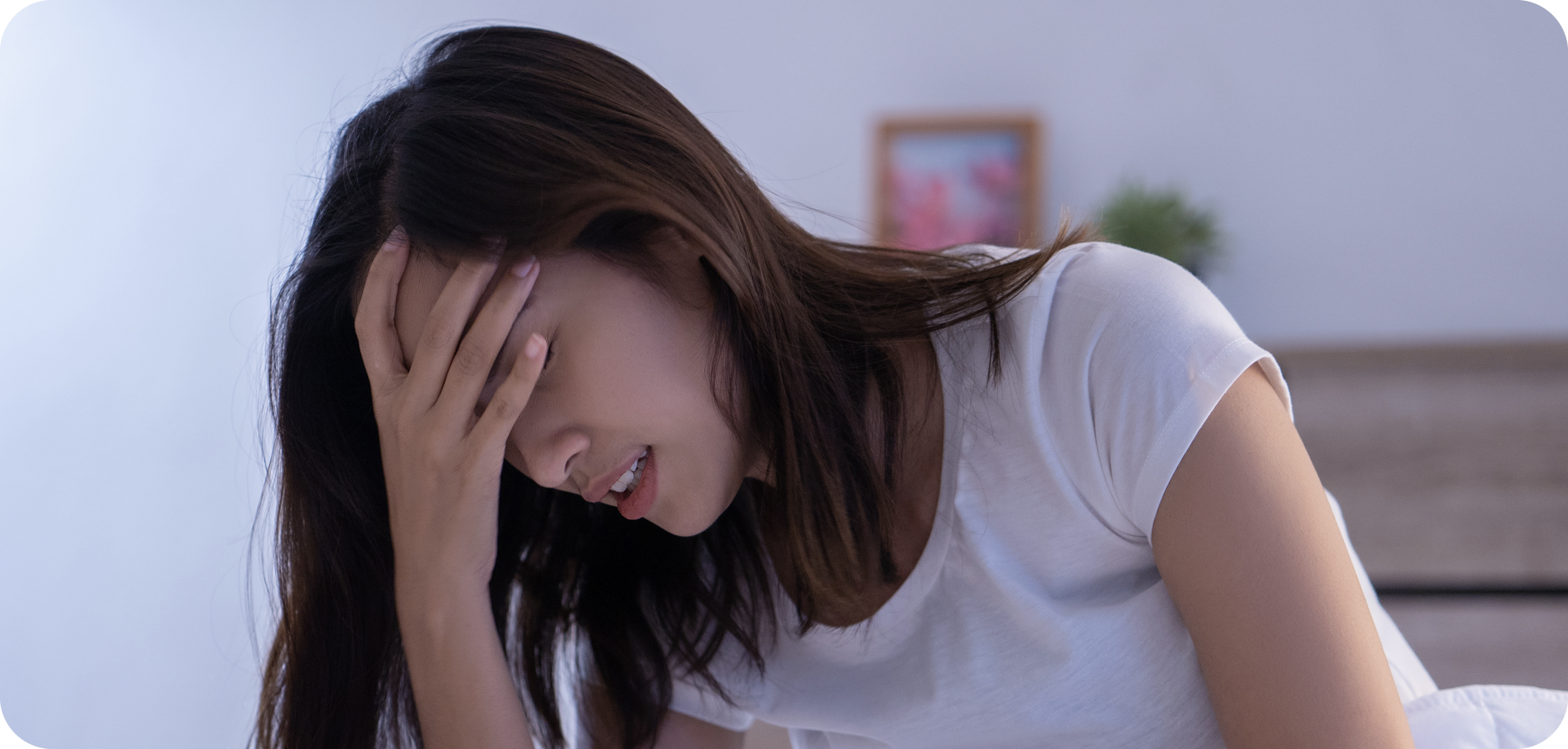
High eye pressure (also called intraocular pressure) is one of the earliest indicators of glaucoma. This is a condition that can lead to irreversible vision loss.
As such, monitoring eye pressure is advised, especially for those who already have other risk factors for the disease. A family history of glaucoma, for example, or diabetes.
In this guide, you will learn what high eye pressure is and how to recognise it. We will also explain when to seek medical attention for this condition.
This is when intraocular pressure (IOP) or the pressure within the eye is above the normal range.
When your eye pressure is high, it can damage the optic nerve. This is the nerve that sends visual signals from the eye to the brain.
When the optic nerve is damaged due to high intraocular pressure, the result is vision loss. The degree of damage determines the extent of the actual vision loss.
Unfortunately, vision loss from this condition is largely permanent. This is why early detection and treatment of high eye pressure is important.

High eye pressure typically results from a buildup of fluid in the eye. We normally produce aqueous humour (the clear fluid in our eyes) at about the same rate that we drain it.
Impaired drainage of the fluid leads to an increase in eye pressure.
There are several common causes of high eye pressure.
All of these can disrupt the outflow of fluid from the eye and cause high IOP.
Most people cannot feel high eye pressure.
Most people who suffer from the condition even report perfectly normal vision. Many also note that they feel no discomfort or pain from the condition.
This helps explain why glaucoma – the condition that high eye pressure often leads to – is considered the “silent thief of sight”. It progresses silently at first, until serious damage and vision loss happen.

Elevated eye pressure is typically asymptomatic, as stated above. However, there may be cases when IOP spikes abruptly. This is more likely to produce noticeable symptoms.
The following warning signs are often associated with abrupt spikes in eye pressure:
See a doctor immediately if you experience any of these.
The people at greatest risk of developing high intraocular pressure or glaucoma are the following:
If you match any of these risk factors, you should consider undergoing regular eye exams. Even in the absence of symptoms, such exams can help you ensure your eye health through early detection of potential problems before they cause damage.

It is not possible to measure high eye pressure at home. Specific tests must be conducted by a qualified healthcare professional.
These are some of the most commonly used tools for diagnosing ocular hypertension:
Most cases of high eye pressure can be managed with prescription eye drops. These eye drops contain medication that does one of two things.
First, the eye drops may reduce fluid production in the eyes. Second, they may improve the drainage of that fluid.
Common options are prostaglandin analogues, beta-blockers, and alpha-adrenergic agonists. The first one increases fluid drainage. The second reduces fluid production. The last achieves both.
These medications may also cause side effects. Your eye doctor should help you choose the best option in your situation.
Laser treatment like selective laser trabeculoplasty can also reduce elevated eye pressure effectively.
You may not feel high eye pressure in most cases, but it can have significant effects on your vision. If you do have high eye pressure, it can even lead to vision loss if left untreated.
This makes regular eye screening and proper management of eye health essential. If you want to be certain of your eye health, seek an eye exam with us today.